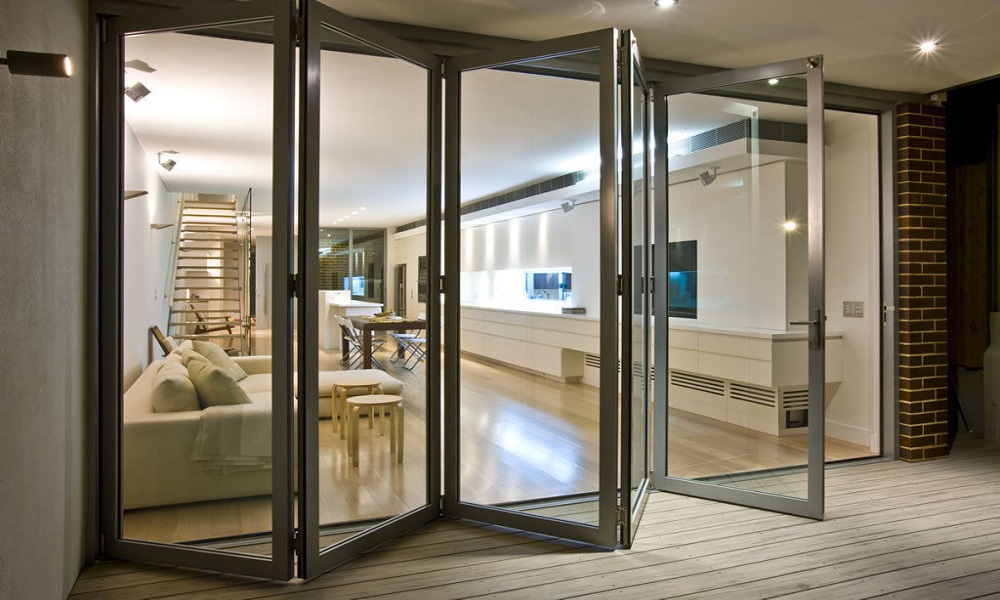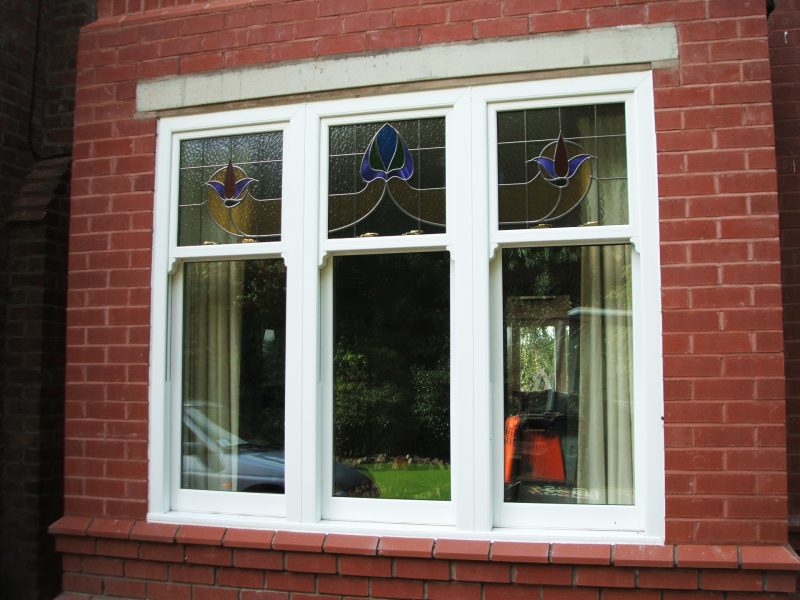All Categories
Featured
Table of Contents
Single Vs Double Vs Triple - Which Window Is Right For Your ... in Tuart Hill WA
Glazing simply suggests the windows in your house, consisting of both openable and set windows, in addition to doors with glass and skylights. Glazing actually just indicates the glass part, but it is usually utilized to describe all aspects of an assembly including glass, films, frames and furnishings. Focusing on all of these aspects will help you to accomplish reliable passive style.

Energy-efficient glazing makes your home more comfortable and drastically reduces your energy costs. However, improper or inadequately developed glazing can be a significant source of undesirable heat gain in summer and substantial heat loss and condensation in winter. As much as 87% of a house's heating energy can be gotten and as much as 40% lost through windows.
How Double Glazing Can Help Keep Your Home Cool In ... in Kinross Western Australia
Glazing is a substantial investment in the quality of your home. An initial financial investment in energy-efficient windows, skylights and doors can significantly decrease your yearly heating and cooling bill.

This tool compares window choices to a base level aluminium window with 3mm clear glass. Comprehending some of the key residential or commercial properties of glass will help you to choose the finest glazing for your house. Secret residential or commercial properties of glass Source: Adapted from the Australian Window Association The quantity of light that passes through the glazing is known as noticeable light transmittance (VLT) or noticeable transmittance (VT).
Double Glazing Perth in Ashfield Western Australia
This might lead you to switch on lights, which will lead to greater energy expenses. Conduction is how easily a material performs heat. This is known as the U value. The U worth for windows (revealed as Uw), describes the conduction of the whole window (glass and frame together). The lower the U worth, the greater a window's resistance to heat flow and the much better its insulating worth.
If your home has 70m2 of glazing with aluminium frames and clear glass with a U value of 6. 2W/m2 C, on a winter's night when it is 15C chillier outside compared to inside your home, the heat loss through the windows would be: 6. 2 15 70 = 6510W That is comparable to the overall heat output of a large space gas heater or a 6.
Faq in East Victoria Park WA

If you choose a window with half the U value (3. 1W/m2 C) (for example, double glazing with an argon-filled space and less-conductive frames), you can cut in half the heat loss: 3. 1 15 70 = 3255W The solar heat gain coefficient (SHGC) for windows (revealed as SHGCw) measures how easily heat from direct sunshine streams through a whole window (glass and frame together).
The lower a window's SHGC, the less solar heat it sends to your house interior. Glazing manufacturers declare an SHGC for each window type and style. The real SHGC for windows is impacted by the angle that solar radiation strikes the glass. This is referred to as the angle of incidence.
The Ultimate Guide To Double Glazed Windows in Helena Valley WA
When the sun is perpendicular (at 90) to the glass, it has an angle of occurrence of 0 and the window will experience the maximum possible solar heat gain. The SHGC declared by glazing makers is constantly computed as having a 0 angle of occurrence. As the angle increases, more solar radiation is shown, and less is transmitted.
Table of Contents
Latest Posts
Fitting A Cabin In Your Garden? Get Double Glazing Fitted Too in Connolly Perth
Brisbane's Best Double Glazed Windows in Stirling Western Australia
Twinglaze® Double Glaze Specification Act - Vic in Bickley Western Australia
More
Latest Posts
Fitting A Cabin In Your Garden? Get Double Glazing Fitted Too in Connolly Perth
Brisbane's Best Double Glazed Windows in Stirling Western Australia
Twinglaze® Double Glaze Specification Act - Vic in Bickley Western Australia